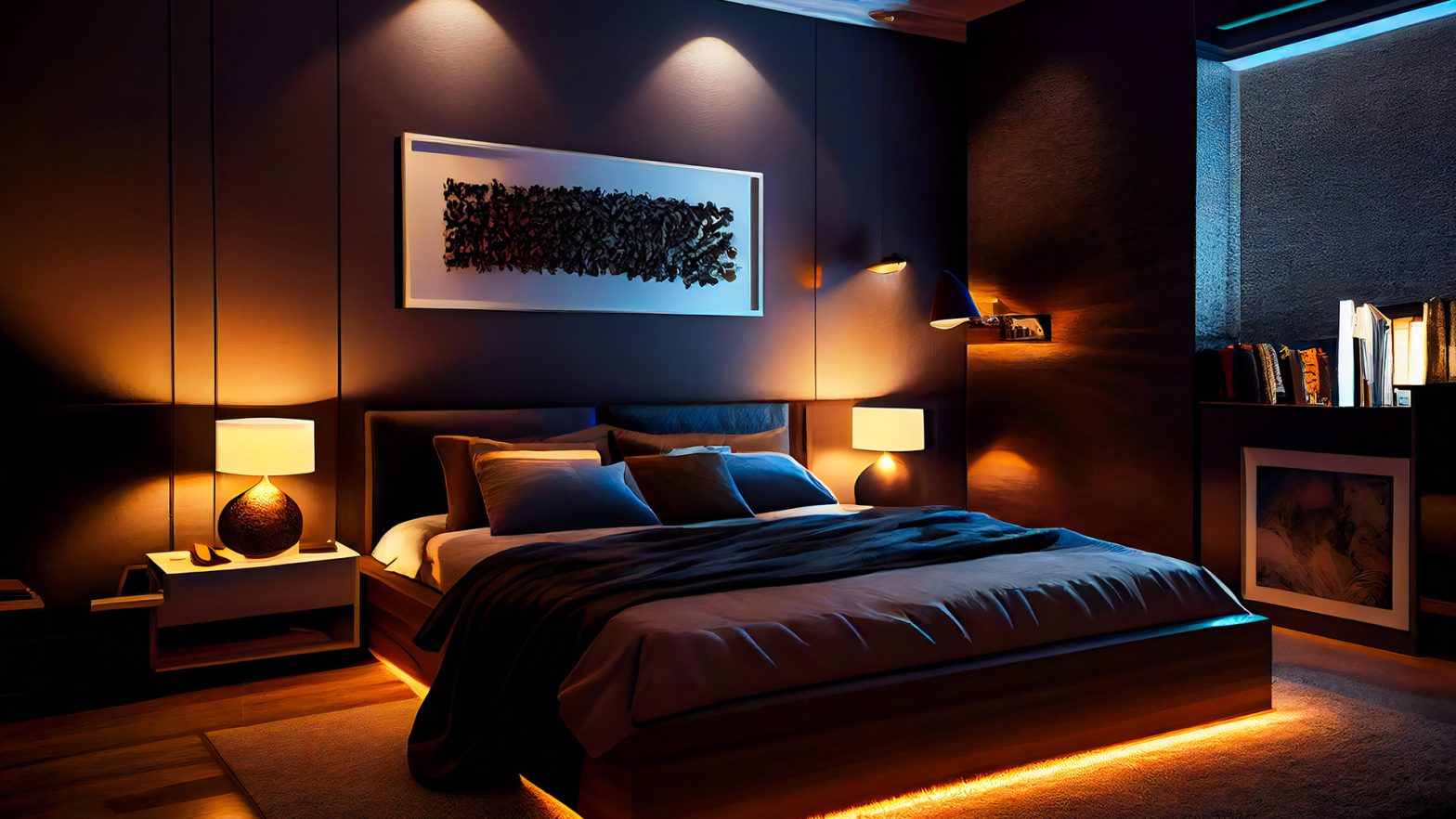
- Lighting experts from Dowsing & Reynolds have partnered with neurodiversity experts to reveal how to create a more neurodivergent-friendly lighting scheme
- From the 5 things neurodivergent individuals should avoid in the home to the 5 things to include to promote a more calming environment, experts share their advice
With 70% of the sensory receptors in our bodies being in our eyes, poor lighting can lead to issues such as sensory overload, low mood and anxiety.
To uncover exactly how to create a more neurodivergent-friendly lighting scheme in the home, alongside how to reduce triggers, interior experts from Dowsing & Reynolds have partnered with various neurodiversity experts to shed light on the matter…
Dr Becky Spellman, Psychologist and Founder at Private Therapy Clinic explains that poor lighting choices can lead to sensory overload, increased anxiety, difficulties with concentration and disruptions to sleep patterns and explains how prolonged exposure can continue to make the issues worse on a mental and physical level. “Prolonged exposure to unsuitable lighting can exacerbate these issues, leading to heightened stress levels and overall discomfort, affecting mental and emotional health.”
In more extreme instances, Dr Fluer-Michelle Coiffait, Consultant Clinical Psychologist at Spectrum.Life says that an individual can be triggered with a ‘fight or flight’ response and urges to take appropriate lighting into consideration ““Appropriate lighting promotes focus, concentration, wellbeing, comfort, and overall functioning. It is essential to recognise the diverse sensory needs of neurodivergent individuals and create environments that are accessible, welcoming and inclusive.“
What to avoid in the home:
Dr Coiffait advises the five things neurodivergent people should avoid in the home, to reduce triggers:
1. Glare
Glare from harsh lighting can be particularly problematic for neurodivergent individuals and may cause discomfort and visual stress. This can lead to difficulties in focusing and processing information.
Glare can be minimised by using anti-glare coatings on screens and windows, choosing lighting fixtures that diffuse light (such as calming wall lights), and having adjustable blinds or curtains that can also help control natural light.
2. Brightness
Overly bright lighting can be overwhelming for some, especially those with sensory sensitivities. It may contribute to feelings of discomfort, anxiety, or sensory overload.
Opting for adjustable lighting options, such as dimmer switches or lamps with variable brightness settings, can enable individual control over lighting in personal spaces and allow people to adjust brightness to suit their own preferences.
3. Hue and colour temperature
Different colour temperatures and hues affect individuals differently. Neurodivergent people may be sensitive to specific colours, while others may find certain hues calming or distressing.
Experimenting with different colour temperatures can help individuals identify what works better for them and it can be helpful to choose lighting with warmer tones in spaces that multiple people use. Personalised lighting preferences do vary, so allowing individuals to choose their preferred lighting where possible is ideal.
4. Fluorescent lighting
Fluorescent lights can flicker and the colour temperature may be uncomfortable for some individuals, leading to headaches, eye strain, and/or sensory discomfort.
Using alternative lighting sources such as warm LED lights, which are often more energy-efficient, means these can be adjusted to softer tones.
5. Task lighting
Insufficient or uneven lighting can affect concentration and task performance, especially for those with attention-related conditions.
Providing adequate task lighting that is adjustable and focused for specific activities, such as reading, writing, or working on a computer, can help individuals maintain focus and reduce eye strain. Natural lighting can also be a good option.
What to include in the home:
To turn your home into an environment that neurodivergent individuals can feel happy in involves taking into consideration individual preferences and sensitivities. We all process sensory input differently and are all individual in what we like, prefer and what helps us, Dr Coiffait informs.
Dr Coiffait gives her top tips on how to create an environment that promotes calm, regulated and safe in neurodivergent individuals:
1. Choose soft, warm lighting
Use soft and warm lighting with warm colour temperatures, such as yellows and oranges. This type of lighting is often more soothing and can contribute to a cosy and comforting atmosphere.
Neale adds, “if someone’s sensory profile means they avoid white lights, be respectful of that; calmer, lower lights of different hues that they find helpful.”
2. Install dimmable Lights
Install dimmable lights to allow for flexibility in adjusting the brightness. Being able to control the intensity of light can be empowering for the child and can cater to their specific needs at different times.
This is often especially important for autistic individuals.
3. Opt for colourful and decorative lighting
Integrate colourful and decorative lighting elements, such as fairy lights, bubble lights, or colour-changing lamps. These can add a playful and visually appealing touch to the environment.
4. Maximise natural light exposure
Maximise exposure to natural light during the day. Arrange furniture to allow more natural light into the room, and use curtains or blinds that can be adjusted to control the amount of light and glare.
5. Incorporate personalised night lights in the bedroom
“It might be worth investing in SAD lights, which can be beneficial for sleep problems,” Neale comments. Dr Spellman adds to this, “diffused lighting to reduce glare, task-specific lamps for focused activities, natural light for mood enhancement, calming colours, and sufficient contrast for visibility” are all great ways to design a child’s room.
Neale: “Anything that helps neurodivergent people have more control of the environment would be amazing. It is, after all, the environment that is disabling rather than the neurodivergent brain.”
































